Educational And Fun Day At Kaunas Zoo
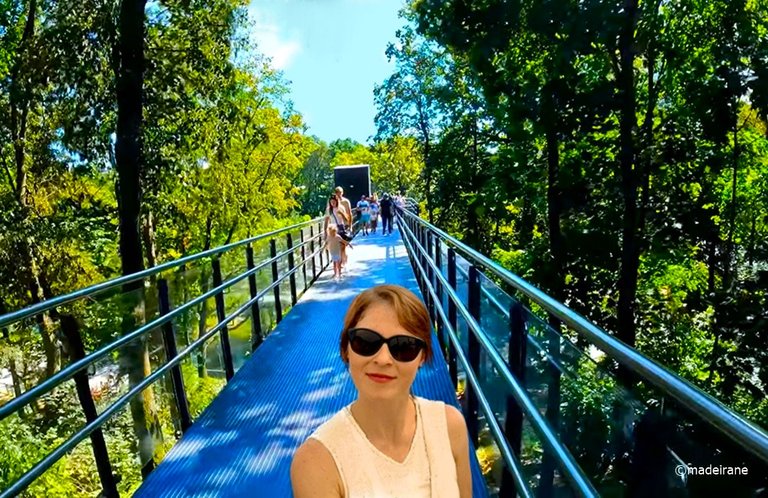
I have mixed feelings about zoos. On the one hand, I feel very sorry for the animals that ended up in an enclosure instead of the forest, steppe or desert expanse. On the other hand, evolution is a cruel thing, and I am still happy for these animals, since they will definitely not be mauled by a larger, agile and hungry fellow in the animal kingdom and most likely they will not die of hunger or cold in a particularly harsh winter, drought or flood, etc. In addition, today, when children are hostages in the concrete jungle, zoos are becoming one of the few available ways to introduce kids to the world of fauna in person.
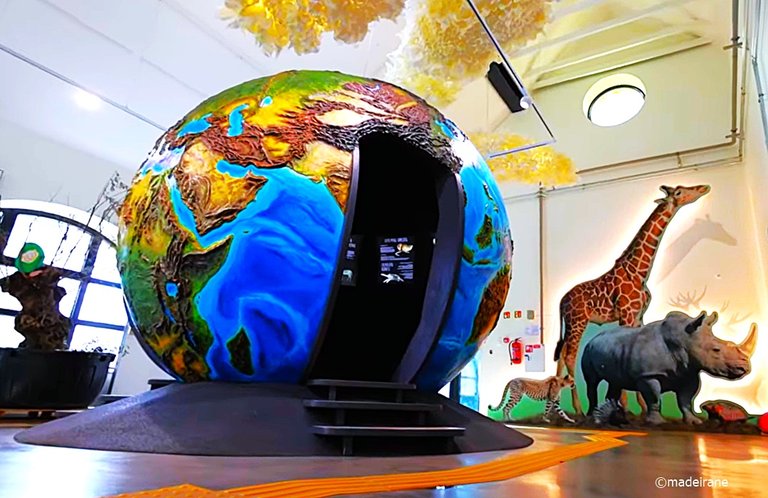
Last weekend we had a trip to Kaunas zoo. I had vivid memories of my youth connected with this zoo when I visited it exactly 30 years ago. Later, I decided that it is unfair to keep animals in closed spaces as they must all live freely in nature. And I refused to visit any zoo at all. But no matter how hard you try to explain to your children about zoos and animals, they still want to see them, especially when our son's friends visit the zoo and tell a lot of exotic animals. So, maybe it is better to see it that many times to explain?
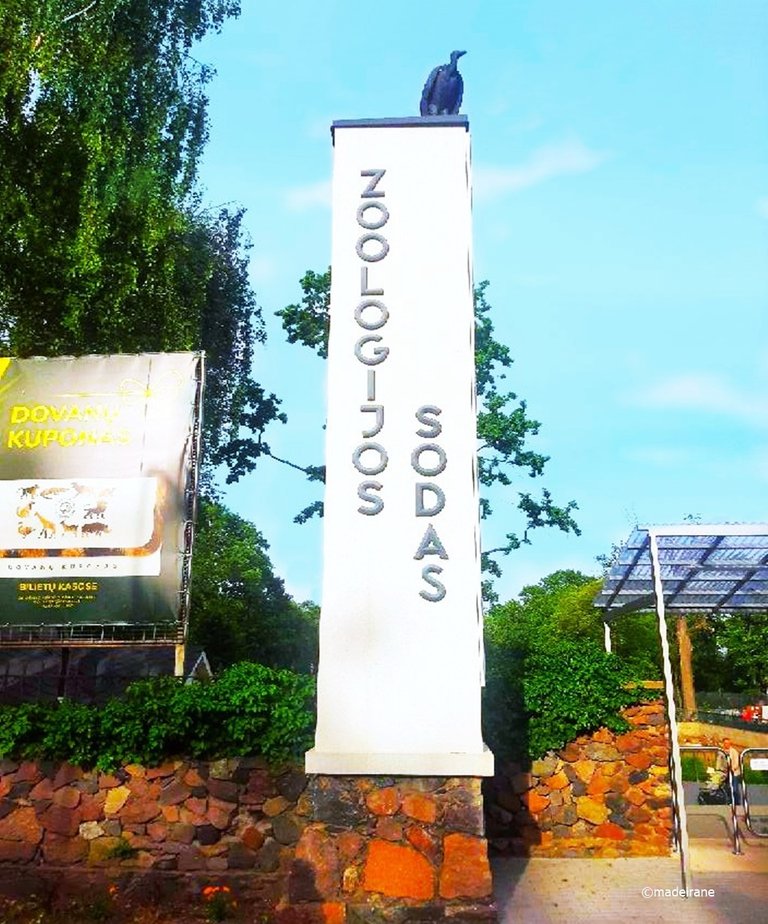
Kaunas is 200 kilometers away from our home, so we booked a hotel for the night and planned other activities for the Sunday too. But Saturday went only to the zoo.
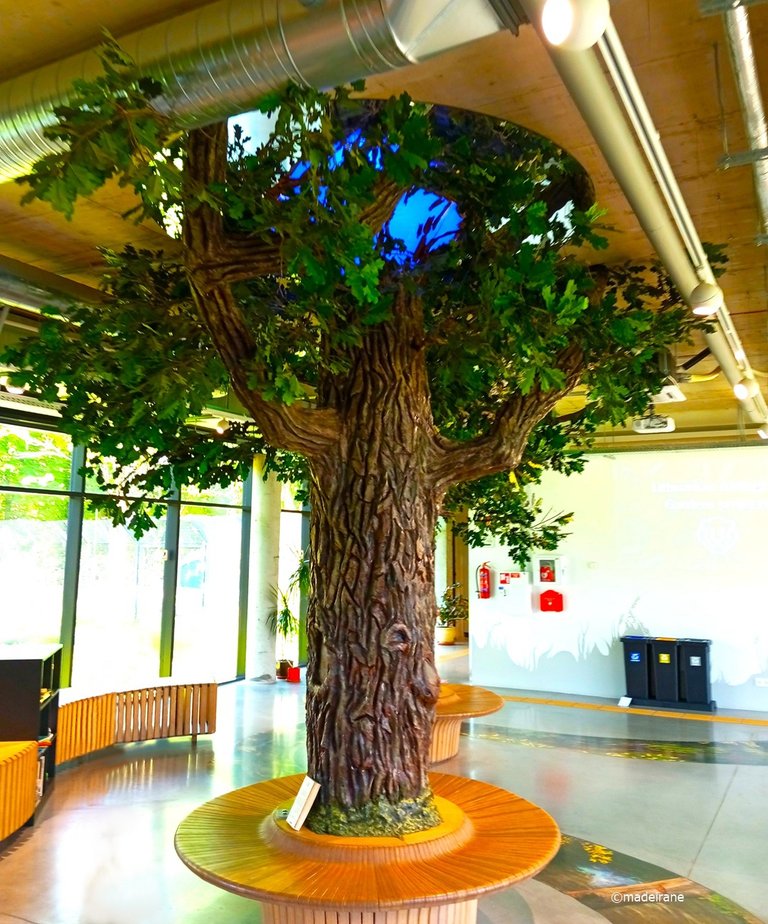
Kaunas Zoo is practically the only large zoo in Lithuania. In some cities there are mini-zoos at young naturalists' clubs, there are commercial projects with several dozen animals, there are attempts to create contact zoos, but such a large and diverse zoological garden is only in the former Lithuanian capital. In the interwar period, it was Kaunas that became the temporary capital of Lithuania. This was because the Poles occupied the ancient Lithuanian capital Vilnius in the post-war period. Well, what kind of capital city would it be without a zoo? Well, it opened exactly 80 years ago, in 1938. And last year, it had a large reconstruction, so I was also eager to see what the conditions animals live in.

A visit to the zoo, of course, is not free; the ticket office is located at the entrance. The space of the zoo is quite spacious. It is about 16 hectares, and is divided into two parts; the upper part, where we just entered, and the lower part.
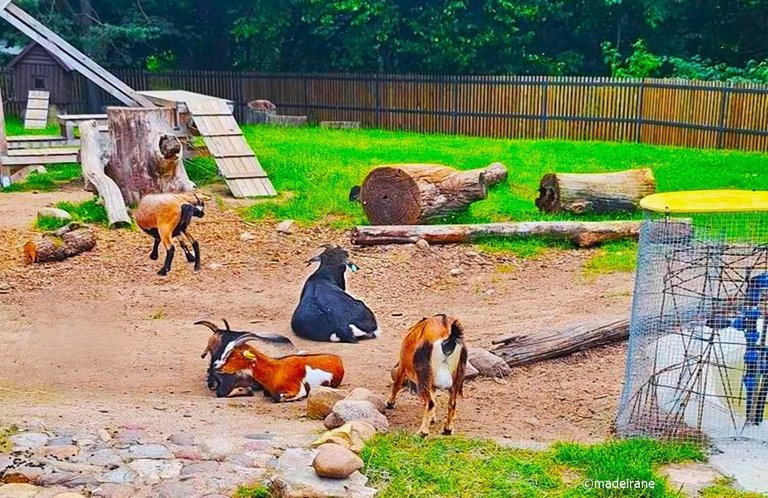
Cages with monkeys are a traditional magnet for children and adults of all ages. The biggest hits are the red-bottomed anubis and small fussy capuchins. At certain hours, zookeepers come to feed the animals to the joy of children.
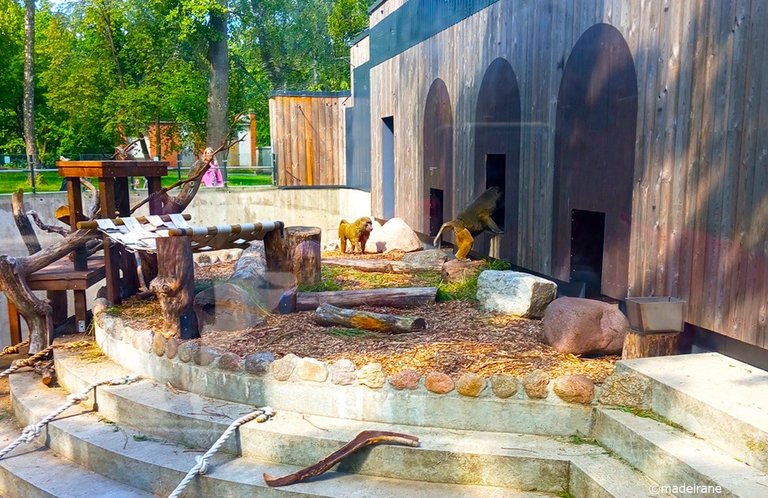
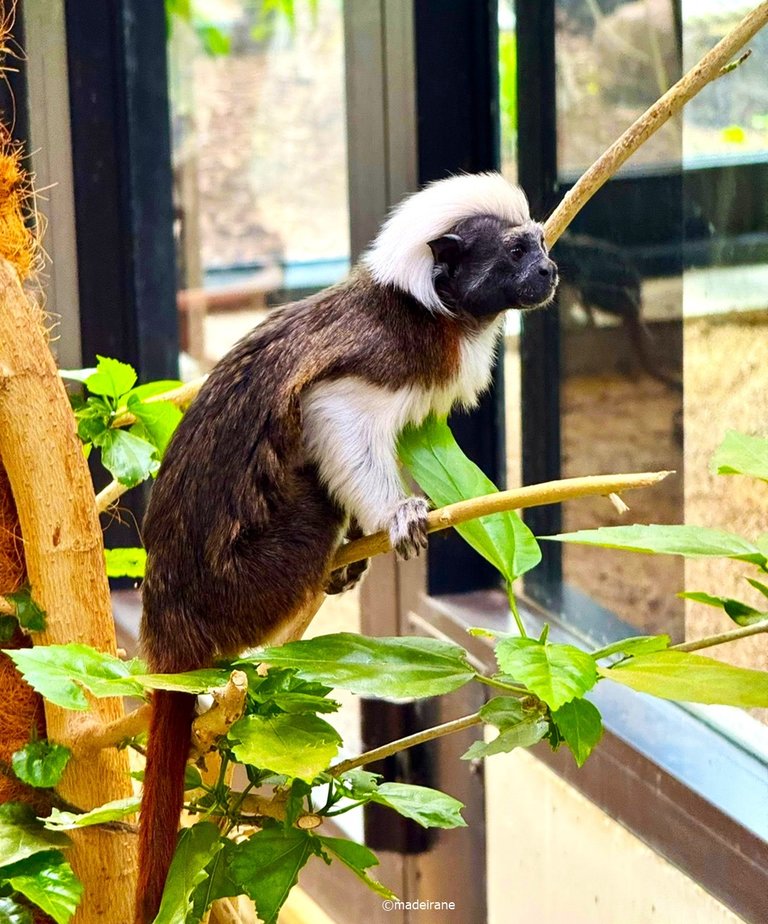
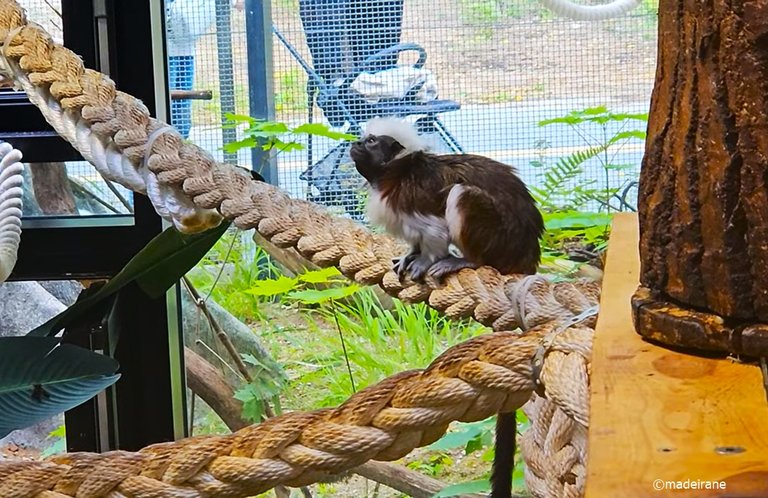
Ungulates - wildebeest, llamas, camels, several species of mountain and domestic goats, tapirs, donkeys, hippos, giraffes, zebras, several species of deer, bison and kulans - these are just a few of the representatives of this group that we stopped to admire.
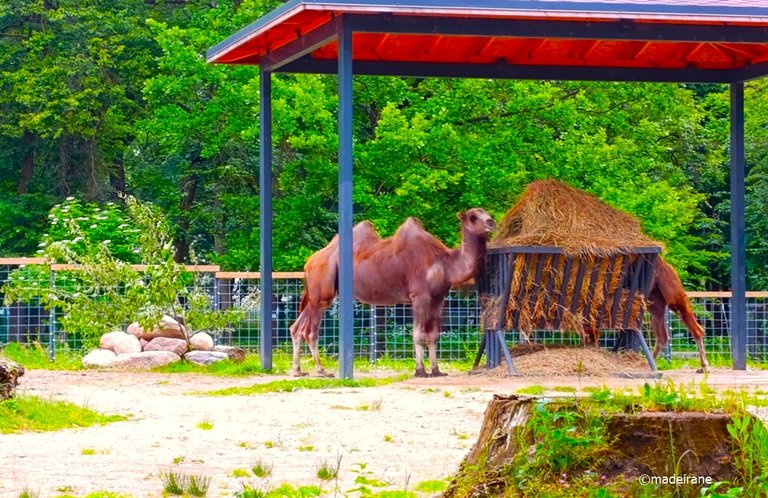
Predators - Amur tigers, arctic wolves, badgers, skunks, hyenas, seals, corsican foxes, lions, wild cats, lynxes, raccoons, wolves, foxes and even a snow leopard.
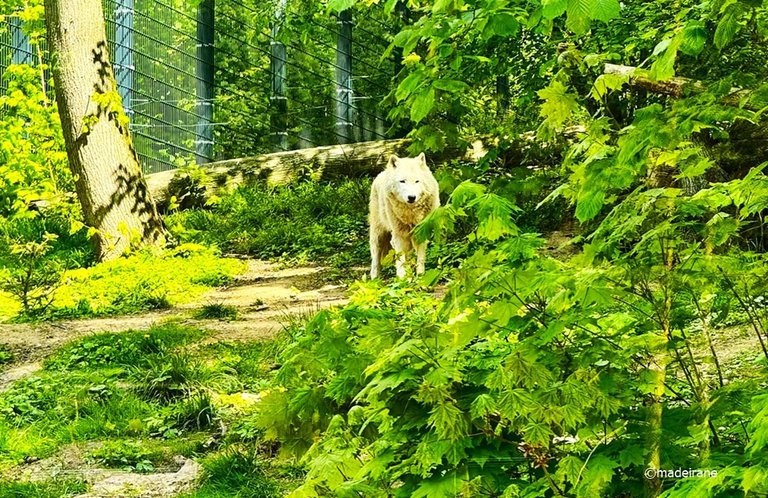
After looking at some ungulates, we returned to the main alley, which eventually led us to a fairly large tigers home. More precisely, at first we did not see anyone, and were disappointed to go on, but then such a cute kitty proudly came out of the home. And soon this tiger suddenly lay down on the ground and began to enjoy life. It doesn't look like this animal and his friend had such a bad life in the zoo.
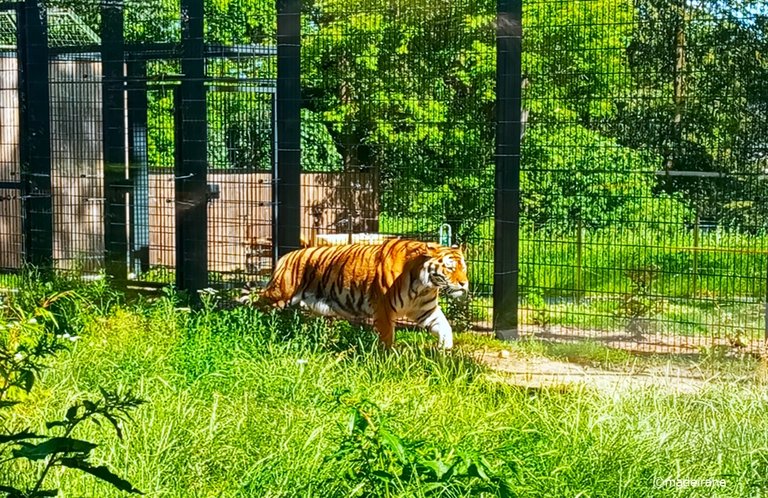
The best way to see tigers is from behind glass in a special pavilion, where you can sit down and learn about the history of keeping these predatory cats in this zoo.
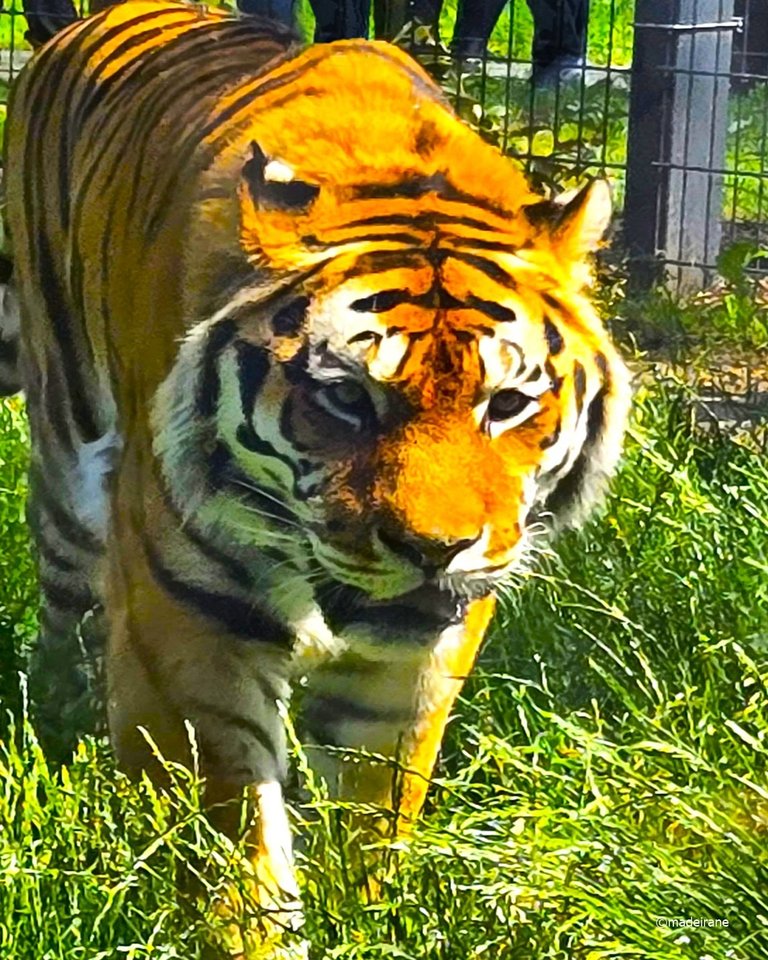
Well, the conditions in which the kings of beasts, lions live, to be honest, did not disappoint me. Royal blood in this zoo. They have a very wide space to roam there.
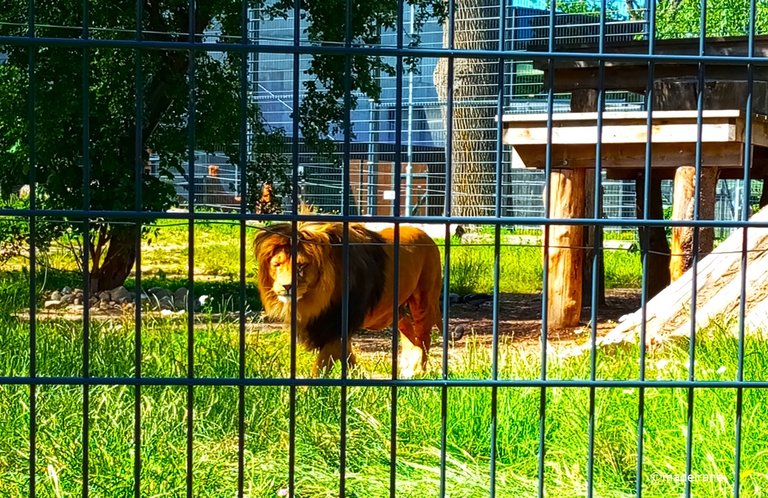
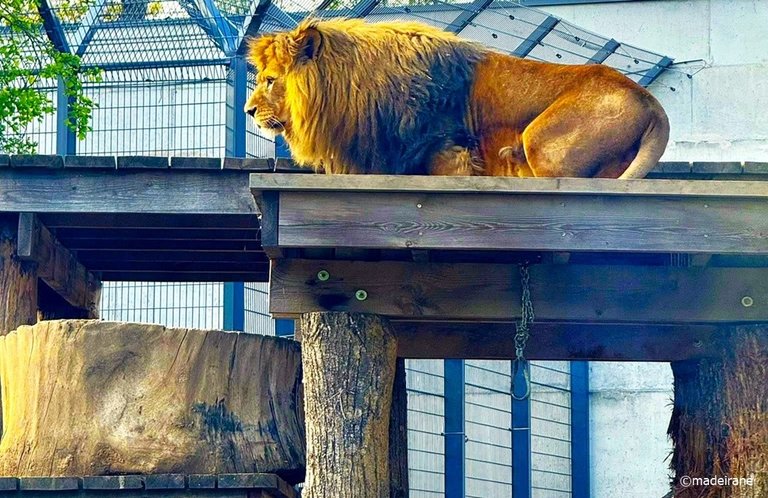
In the center of the zoo there is an indoor exotarium. It is large, there is something to see and where to sit and rest. Thanks to this exotarium, you do not have to worry about bad weather or winter - there will be a place to hide and warm up.
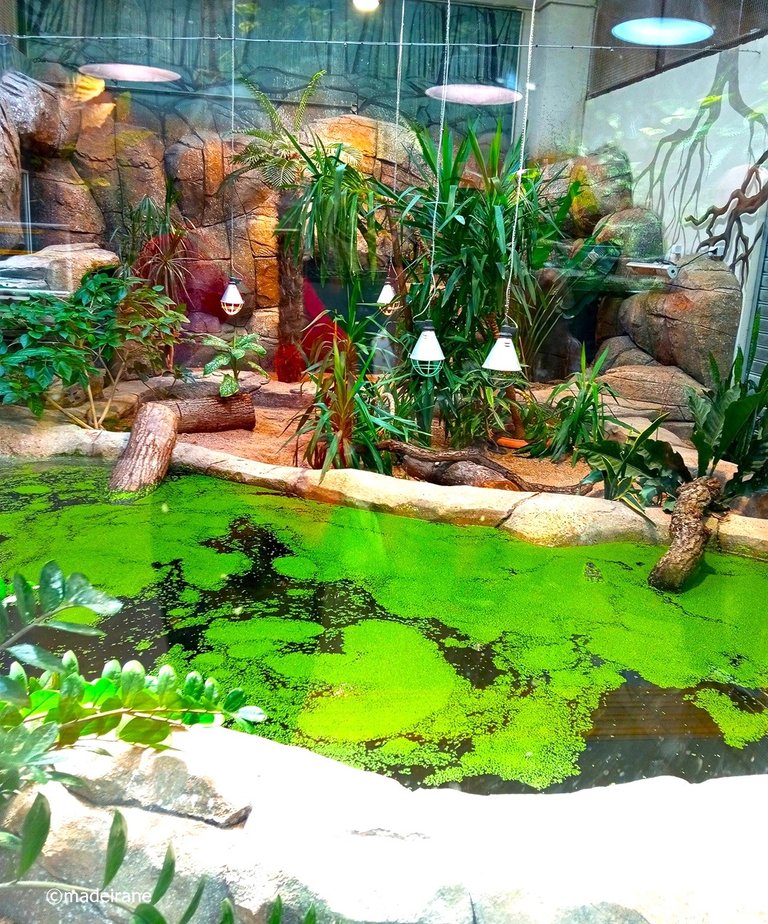
It is in this area that the interesting zones, desert and tropical forest are located. In these zones, animals are free to roam. Of course, you can't touch them. But the idea itself is interesting.
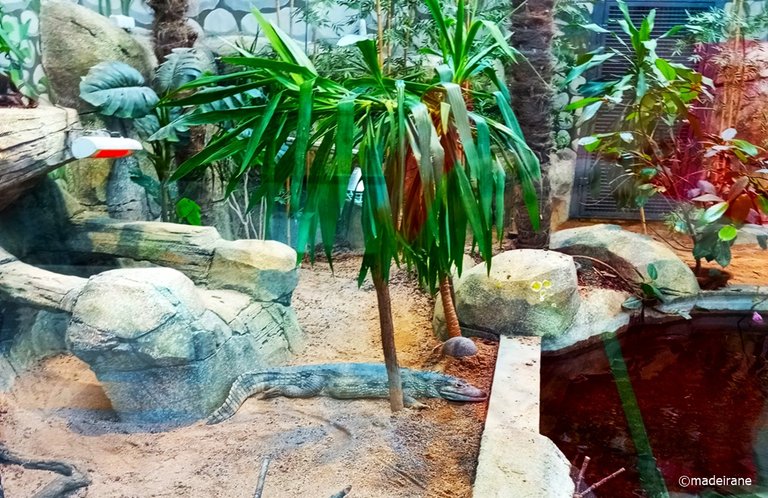
In the desert zone there are only free-ranging turtles. Lizards are in terrariums.
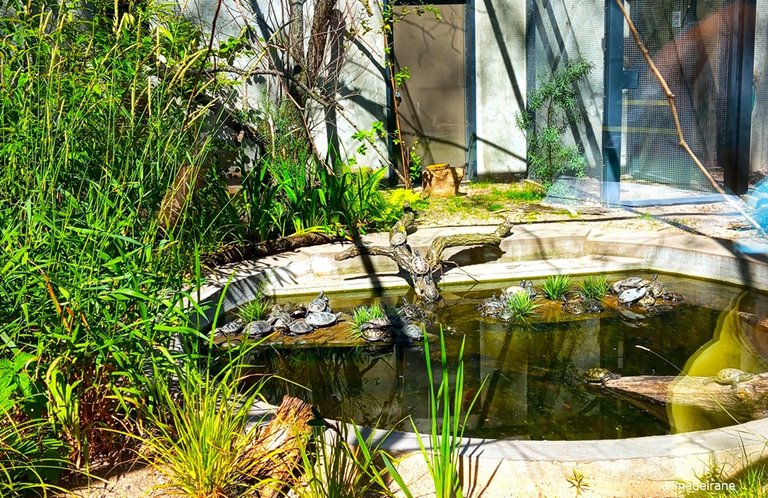
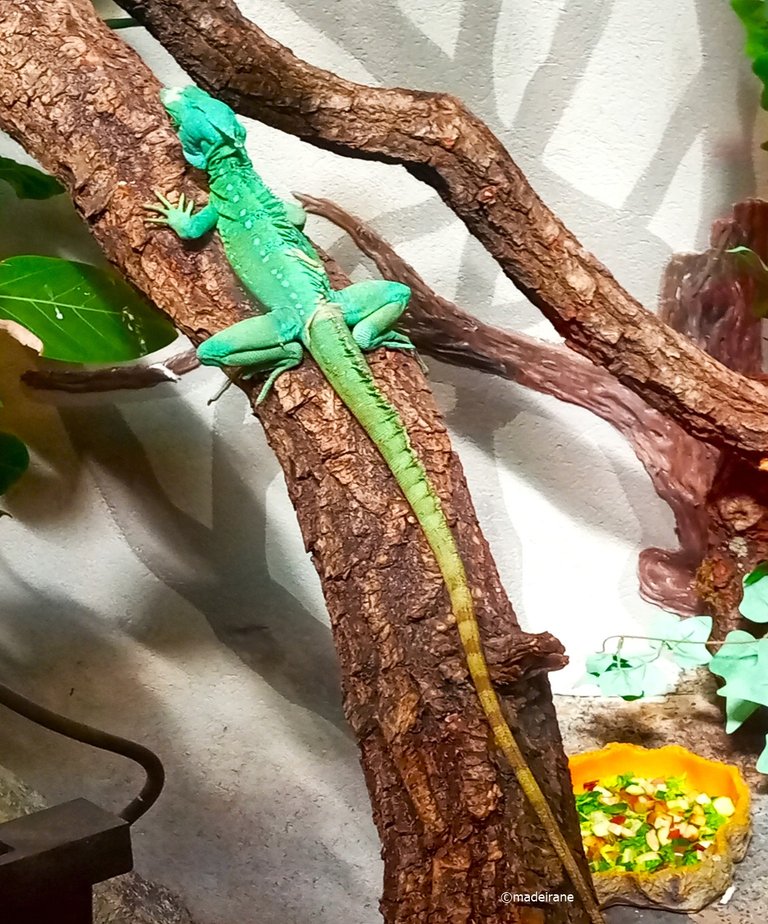
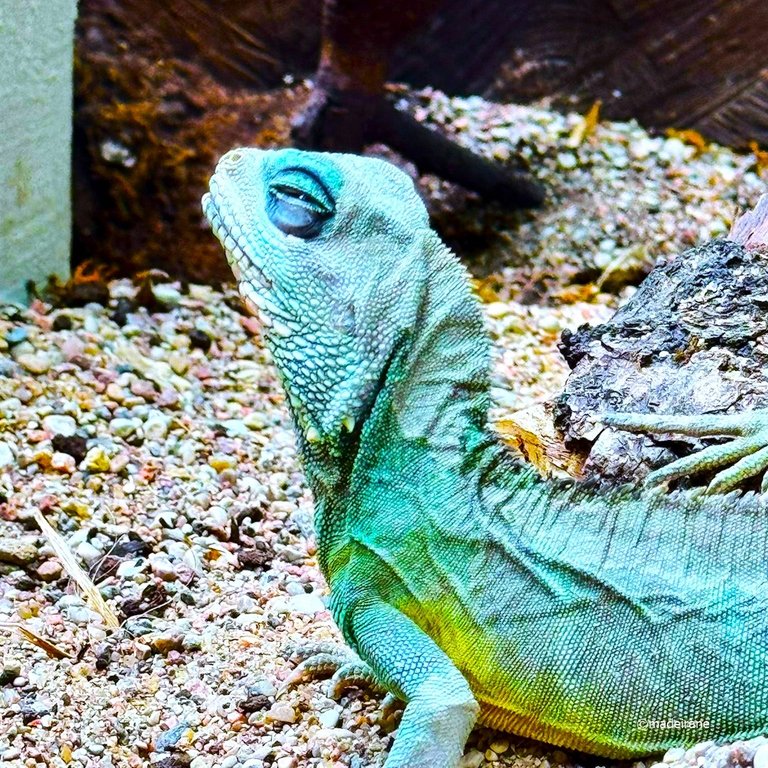
Repellents and arachnids - there are also plenty of them in indoor terrariums, but I'm so afraid of them that I don't even take very many pictures. Of all these guys, I really like lizards: some species like high humidity, so a humidifier is constantly running in the terrarium.
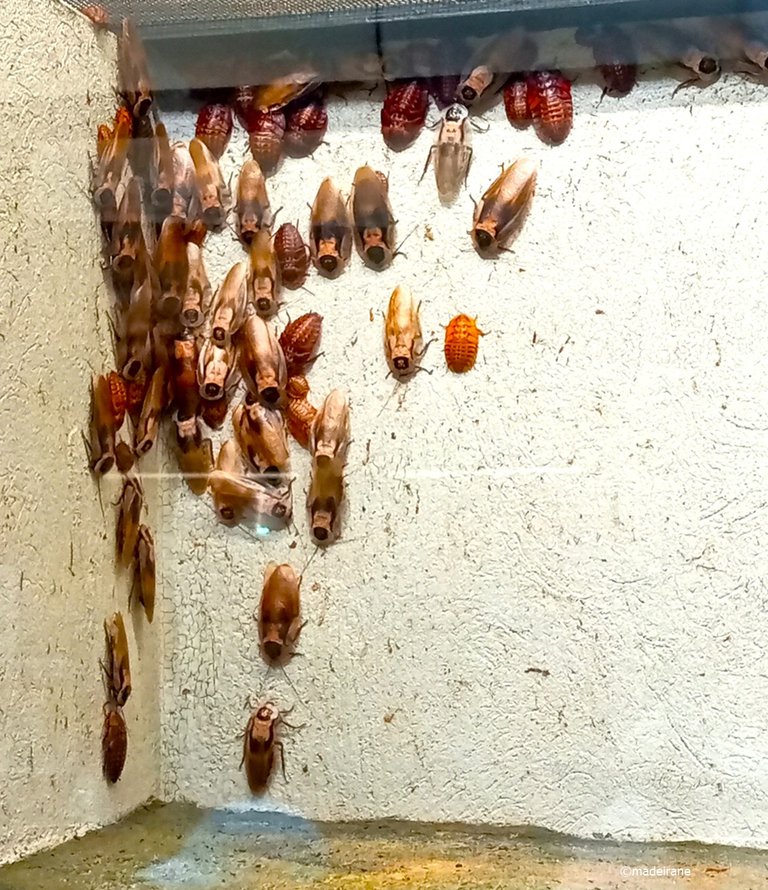
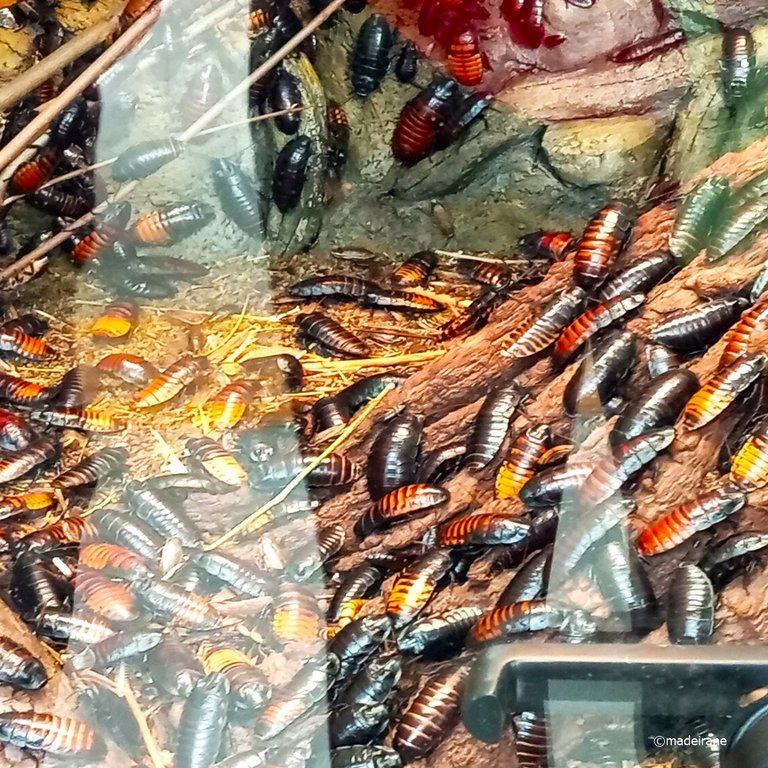
Well, there are also rodents in this pavilion. Here is one of them, gnawing on something, as if justifying the name of this order of mammals.
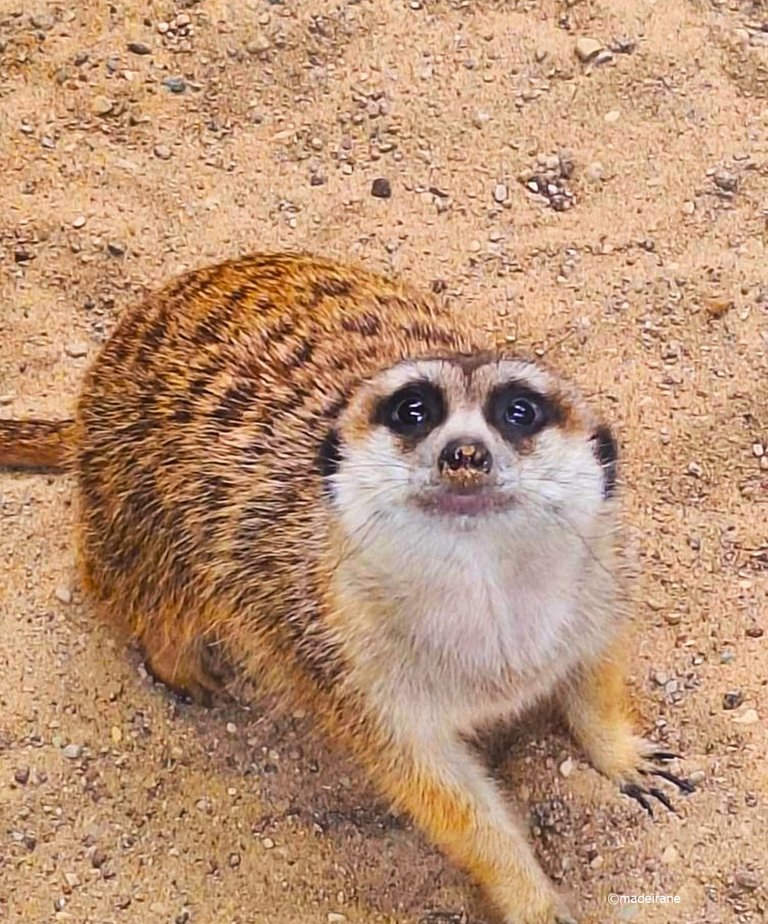
And on the second floor of the same pavilion there is a real bird kingdom. Here are some colorful parrots. We really liked the tropical forest area: silence, high humidity, birds singing and, from time to time, something flying either on the ground (partridges) or through the air.

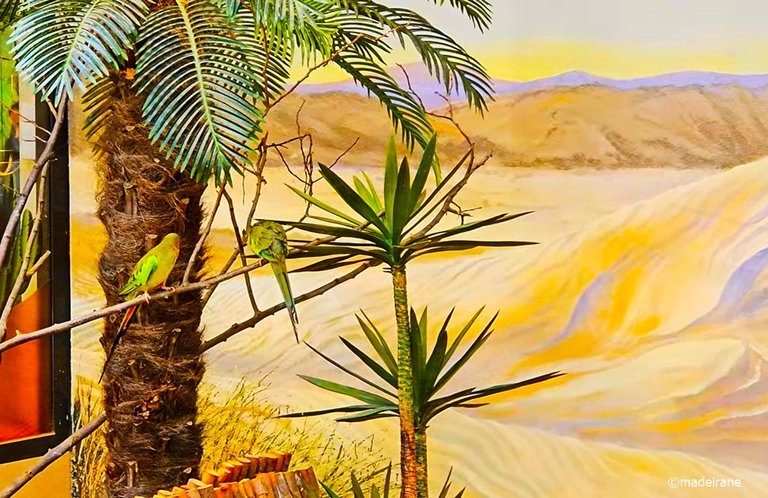
We met these huge beautiful birds. It turned out that this is a type of pigeon. The largest representative in the world. The photo, unfortunately, does not convey its size.
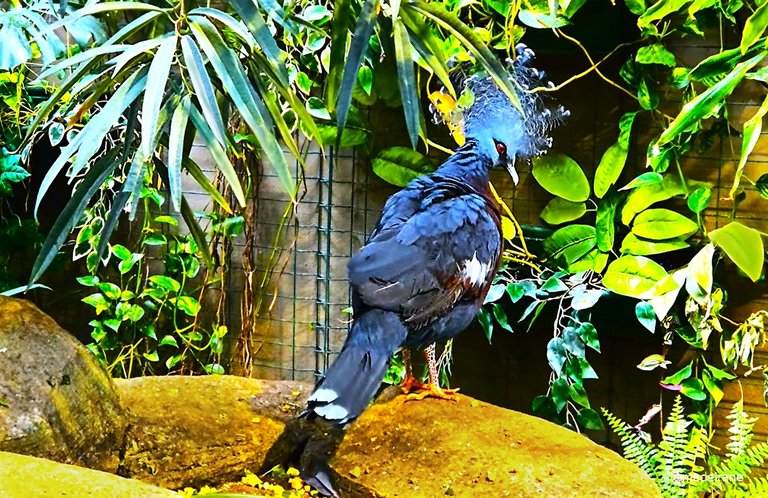
Well, in a separate, darkened room on the same floor, behind glass, we see bats. No photos from there.
Well, there is another pavilion nearby, which is completely dedicated to the underwater world. These aquariums in the zoo, of course, cannot be compared with what we saw in our Sea Museum, but they were also memorable for the many beautiful and colorful fish. Looking at these beautiful fish, I immediately remembered my childhood dream of having an aquarium at home, which, unfortunately, never came true.
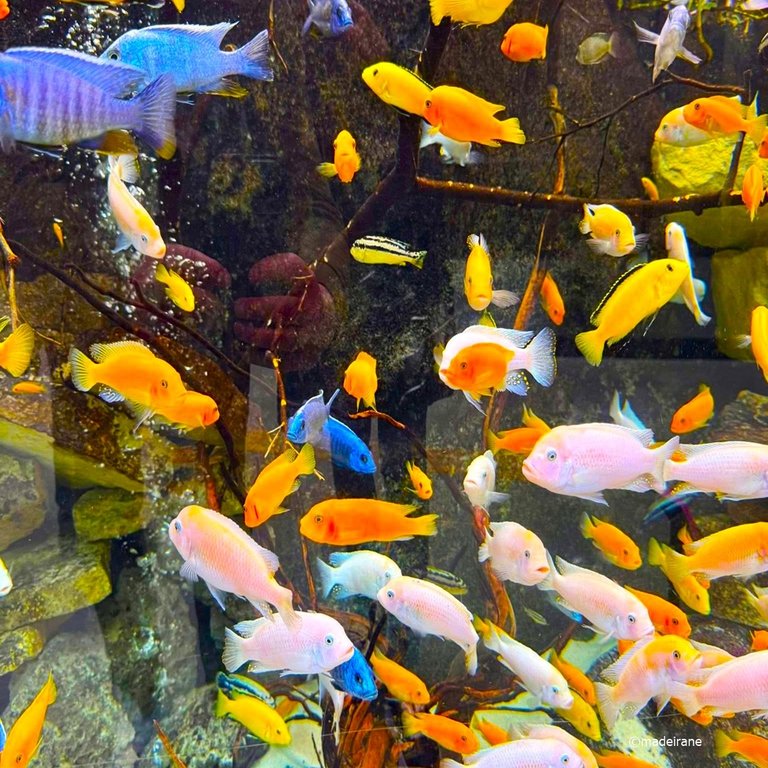
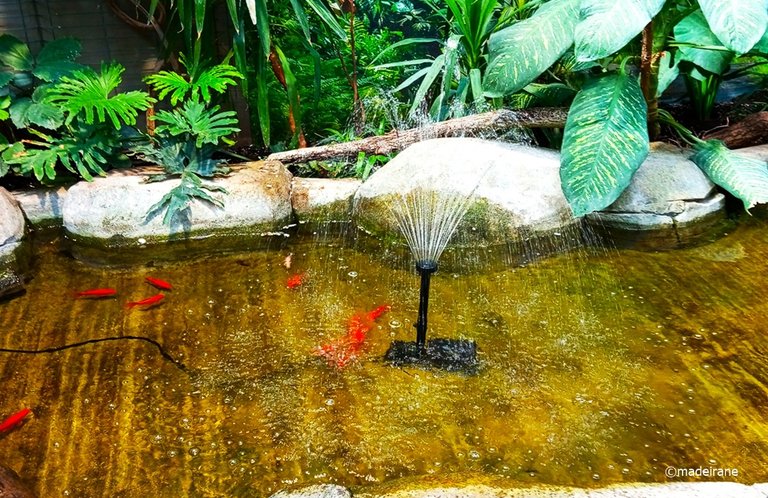
This is a very poisonous frog. It is small, but even its skin is poisonous enough to kill a person. Of course, they were behind glass in the zoo, but you can't see that in the photo.
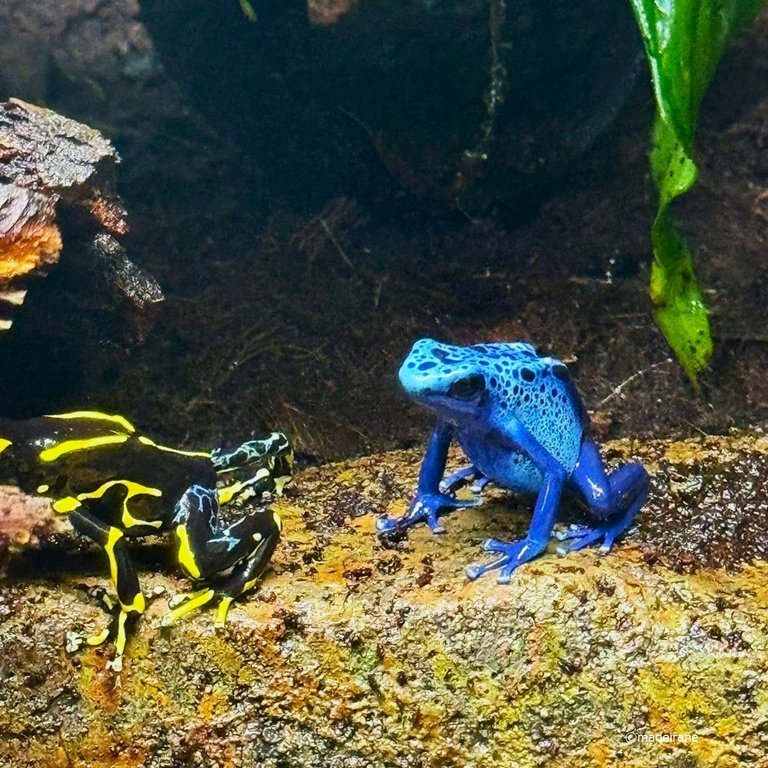
We went back outside and headed towards the lower part of the zoo. We took the lift to go down. Interestingly, it was this lower part of the zoo that I remembered the most after my last visit to this wonderful zoo, which took place exactly 30 years ago.
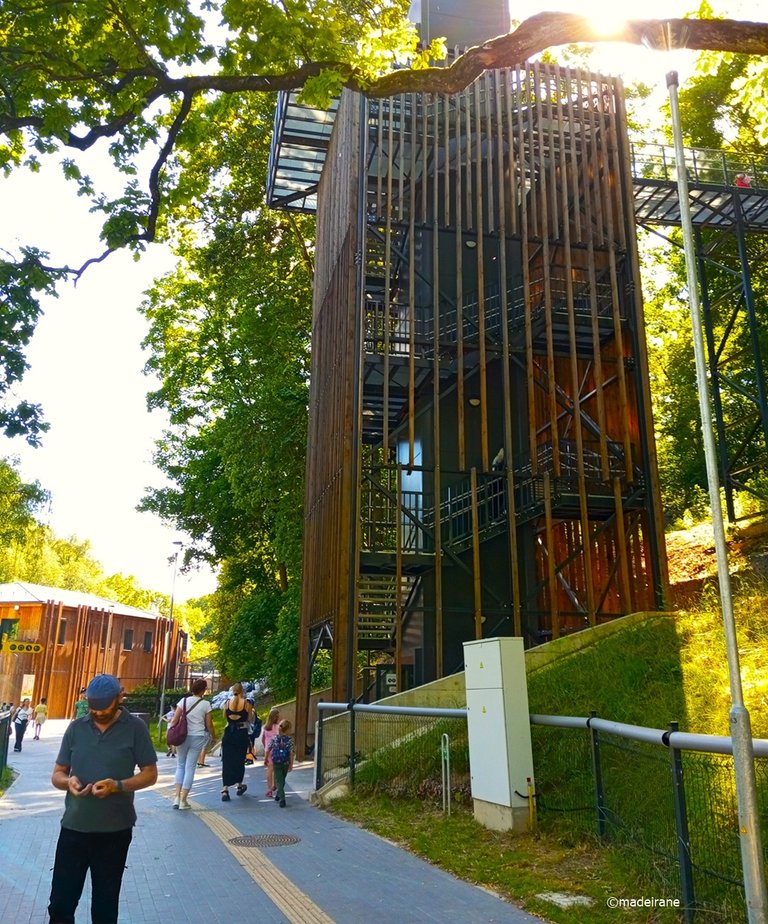
I liked this observation balcony with a transparent floor. On the lower level of the zoo there is a children's playground, giraffes, rhinos, wolves and huge birds. It is interesting how harmoniously the zoo fits into the landscape and how well the nature around is preserved.
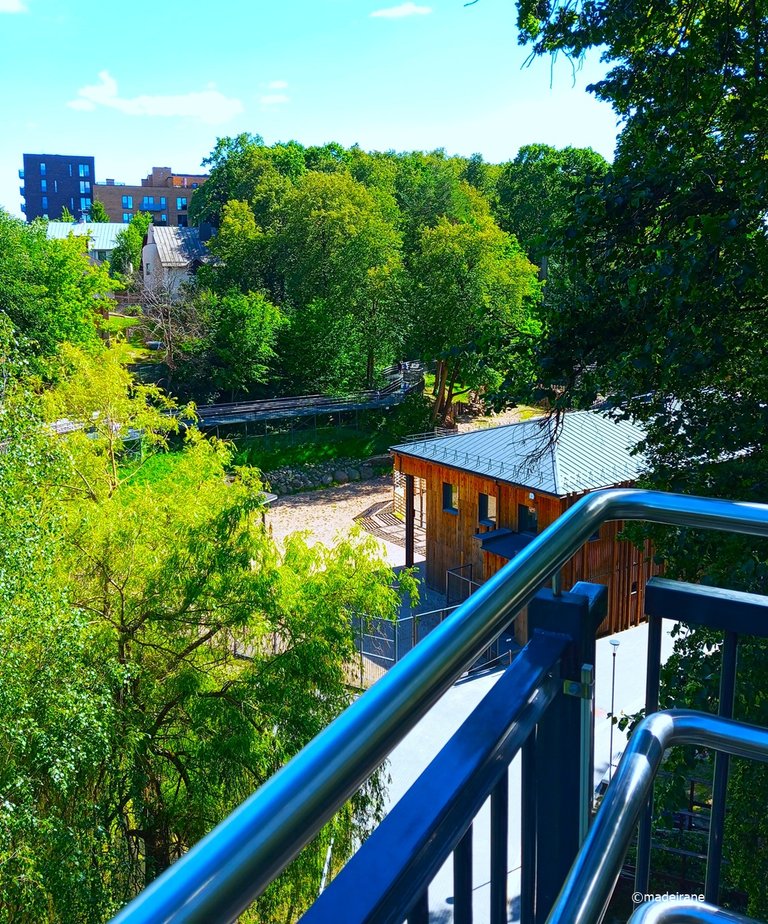
Below there are several ponds, where some living creatures also live. Well, here, on the shore of one of the ponds, lies a whole colony of pelicans.
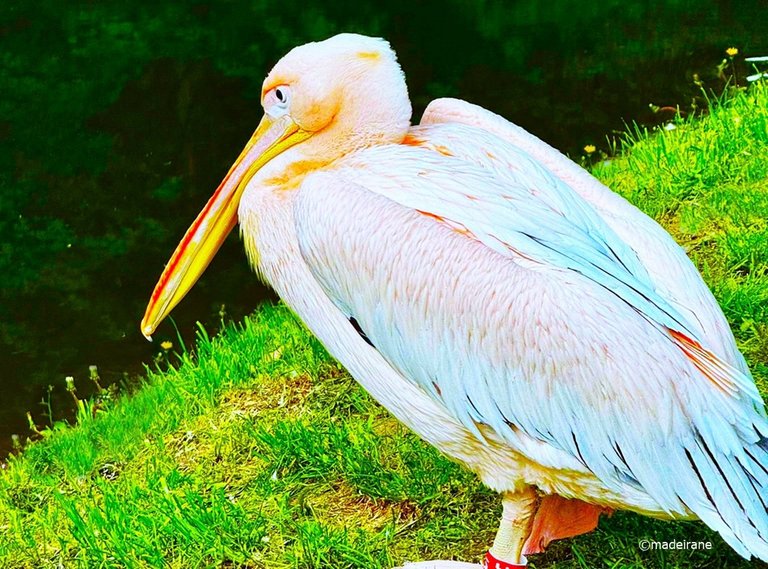
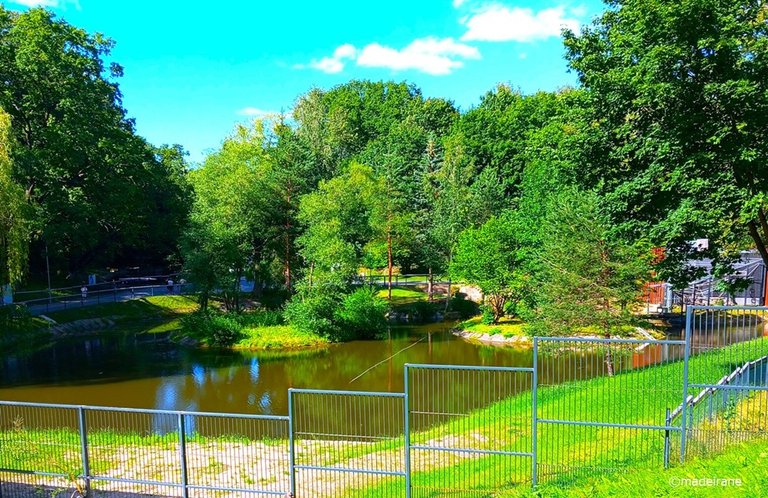
After walking along the pond, we returned to the second half of the lower part of the zoo, where the African animals live. After passing the cages with these Africans and the Australian kangaroos that joined them, we took the children to the playground. Then we went across the bridge to see the giraffes.

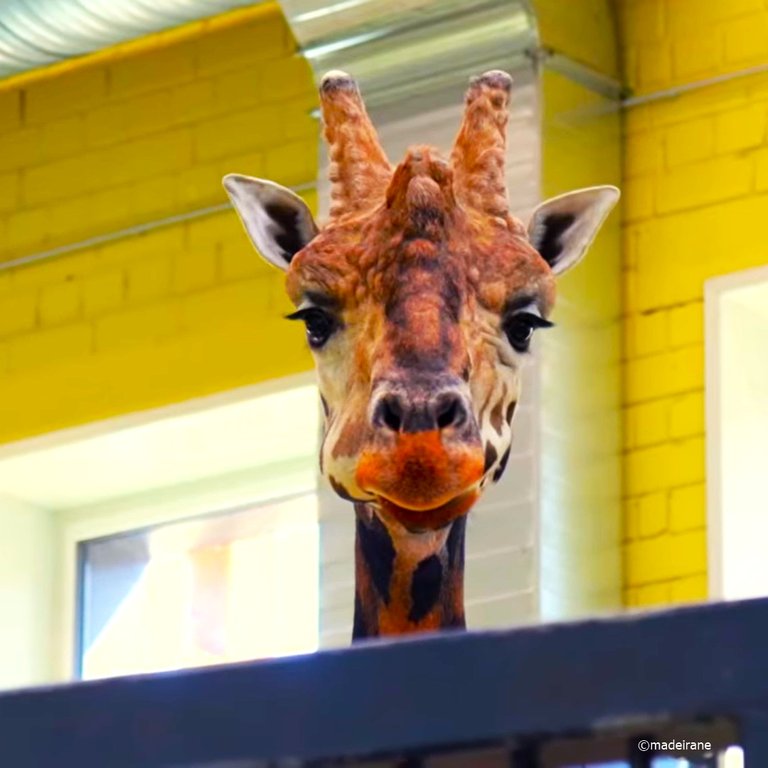
Already on the way to the exit from the zoo we came across such a spacious fox house. Well, look how contented one of the representatives of this genus of the canine family looks. She warmed herself in the bright summer sun!
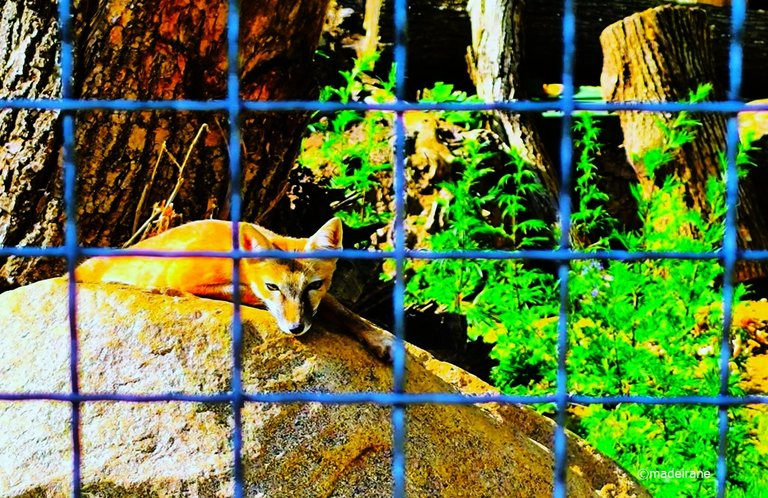
We walked around the zoo all day, returned to interesting places, ate at the cafe, and the children played on the zoo playgrounds while we enjoyed our coffee.
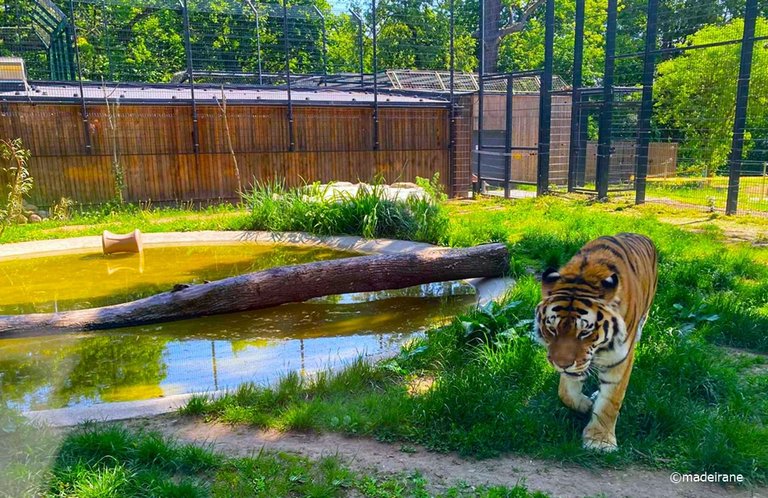
Well, what else can I say about this zoo? Its space is well-maintained, there are toilets, of course, free. There are a couple of cafes and plenty of coffee machines, so you won't go hungry or thirsty.
💝💝💝💝💝💝💝💝💝💝
With love, @madeirane
Photos are taken by me.
© 2025
Translated from Lithuanian with DeepL.com (free version).
Apie zoologijos sodus jaučiu dviprasmiškus jausmus. Viena vertus, man labai gaila gyvūnų, kurie atsidūrė aptvare, o ne miške, stepėje ar dykumoje. Kita vertus, evoliucija yra žiaurus dalykas, ir aš vis tiek džiaugiuosi už šiuos gyvūnus, nes jie tikrai nebus sudraskyti didesnio, judresnio ir alkanesnio gyvūnijos karalystės bičiulio ir greičiausiai nemirs iš bado ar šalčio per ypač atšiaurią žiemą, sausrą ar potvynį ir pan. Be to, šiandien, kai vaikai yra betono džiunglių įkaitai, zoologijos sodai tampa vienu iš nedaugelio prieinamų būdų supažindinti vaikus su gyvūnijos pasauliu asmeniškai.
Kauno zoologijos sodas yra praktiškai vienintelis didelis zoologijos sodas Lietuvoje. Kai kuriuose miestuose veikia mini zoologijos sodai prie jaunųjų gamtininkų klubų, yra komercinių projektų su keliasdešimt gyvūnų, bandoma kurti kontaktinius zoologijos sodus, tačiau toks didelis ir įvairus zoologijos sodas yra tik buvusioje Lietuvos sostinėje. Tarpukariu būtent Kaunas tapo laikinąja Lietuvos sostine. Taip atsitiko todėl, kad pokario metais senąją Lietuvos sostinę Vilnių okupavo lenkai. Na, kokia gi sostinė būtų be zoologijos sodo? Na, o jis atidarytas lygiai prieš 80 metų, 1938-aisiais. O praėjusiais metais jame vyko didelė rekonstrukcija, todėl ir aš nekantravau pamatyti, kokiomis sąlygomis gyvena gyvūnai.
Apsilankymas zoologijos sode, žinoma, nėra nemokamas; bilietų kasa yra prie įėjimo. Zoologijos sodo erdvė gana erdvi. Ji užima apie 16 hektarų ir yra padalinta į dvi dalis: viršutinę, į kurią ką tik įėjome, ir apatinę.
Narvai su beždžionėmis tradiciškai traukia įvairaus amžiaus vaikus ir suaugusiuosius. Didžiausi hitai - anubiai ir maži įkyrūs kapucinai. Tam tikromis valandomis zoologijos sodo prižiūrėtojai vaikų džiaugsmui ateina pamaitinti gyvūnų.
Kanopiniai - gnu, lamos, kupranugariai, kelių rūšių kalnų ir naminės ožkos, tapyrai, asilai, hipopotamai, žirafos, zebrai, kelių rūšių elniai, stumbrai ir kulanai - tai tik keletas šios grupės atstovų, prie kurių mes sustojome pasigrožėti.
Plėšrūnai - amūrinis tigrai, arktiniai vilkai, barsukai, skunkai, hienos, ruoniai, korsakinės lapės, liūtai, laukinės katės, lūšys, meškėnai, vilkai, lapės ir net snieginis leopardas.
Apžiūrėję keletą kanopinių gyvūnų, grįžome į pagrindinę alėją, kuri galiausiai mus nuvedė prie gana didelių tigrų namų. Tiksliau, iš pradžių nieko nematėme ir nusivylę ėjome toliau, bet tada iš namų išdidžiai išėjo toks mielas katinėlis. O netrukus šis tigras staiga atsigulė ant žemės ir ėmė džiaugtis gyvenimu. Neatrodo, kad šiam gyvūnui ir jo draugui zoologijos sode būtų buvęs toks blogas gyvenimas.
Geriausia tigrus pamatyti už stiklo specialiame paviljone, kur galima prisėsti ir sužinoti apie šių plėšrių kačių laikymo istoriją šiame zoologijos sode.
Na, o sąlygos, kuriomis gyvena žvėrių karaliai liūtai, tiesą sakant, manęs nenuvylė. Liūtai yra atarsi karališko kraujo šiame zoologijos sode. Jiems ten skirta labai plati erdvė klajoti.
Zoologijos sodo centre yra uždaras egzotariumas. Jis didelis, yra ką pamatyti ir kur prisėsti bei pailsėti. Dėl šio egzotariumo nereikia jaudintis dėl blogo oro ar žiemos - bus kur pasislėpti ir sušilti.
Būtent šioje teritorijoje yra įdomios zonos, dykuma ir atogrąžų miškas. Šiose zonose gyvūnai gali laisvai judėti. Žinoma, jų negalima liesti. Tačiau pati idėja yra įdomi.
Dykumos zonoje laisvai vaikšto tik vėžliai. Driežai laikomi terariumuose.
Reptilijos ir voragyviai - jų taip pat gausu kambariniuose terariumuose, bet aš jų taip bijau, kad net nelabai fotografuoju. Iš visų šių gyvūnų man labai patinka driežai: kai kurios rūšys mėgsta didelę drėgmę, todėl terariume nuolat veikia drėkintuvas.
Na, šiame paviljone yra ir graužikų.
O to paties paviljono antrame aukšte yra tikra paukščių karalystė. Čia gyvena kelios spalvingos papūgos. Mums labai patiko atogrąžų miško erdvė: tyla, didelė drėgmė, paukščių čiulbėjimas ir kartkartėmis kažkas skrendantis arba ant žemės (kurapkos), arba ore.
Na, o atskiroje, tamsioje patalpoje tame pačiame aukšte, už stiklo, pamatėme šikšnosparnius. Nuotraukų iš ten nėra.
Netoliese yra dar vienas paviljonas, visiškai skirtas povandeniniam pasauliui. Šie zoologijos sodo akvariumai, žinoma, negali lygintis su tuo, ką matėme mūsų Jūrų muziejuje, tačiau ir jie įsiminė dėl daugybės gražių ir spalvingų žuvų. Žiūrėdamas į šias nuostabias žuvis iškart prisiminiau savo vaikystės svajonę namuose turėti akvariumą, kuri, deja, taip ir neišsipildė.
Tai labai nuodinga varlė. Ji maža, bet net jos oda pakankamai nuodinga, kad nužudytų žmogų. Žinoma, zoologijos sode jos buvo už stiklo, bet nuotraukoje to nematyti.
Išėjome vėl i lauko erdvę ir patraukėmė link apatinės zoo dalies. Nusileidome liftu. Įdomu, kad būtent ši apatinė zoologijos sodo dalis man labiausiai įsiminė po paskutinio apsilankymo šiame nuostabiame zoologijos sode, vykusio lygiai prieš 30 metų.
Man patiko šis apžvalgos balkonas su permatomomis grindimis. Apatiniame zoologijos sodo aukšte yra vaikų žaidimų aikštelė, žirafos, raganosiai, vilkai ir didžiuliai paukščiai. Įdomu, kaip darniai zoologijos sodas įsilieja į kraštovaizdį ir kaip gerai išsaugota aplinkinė gamta.
Apačioje yra keli tvenkiniai, kuriuose taip pat gyvena kai kurie gyvi padarai. Na, o čia, ant vieno iš tvenkinių kranto, guli visa pelikanų kolonija.
Pasivaikščioję palei tvenkinį grįžome į antrąją apatinės zoologijos sodo dalies pusę, kur gyvena Afrikos gyvūnai. Praėję narvus su šiais afrikiečiais ir prie jų prisijungusiomis Australijos kengūromis, nuvedėme vaikus į žaidimų aikštelę. Tuomet tiltu patraukėme žiūrėti žirafų.
Jau eidami link išėjimo iš zoologijos sodo susidūrėme su tokiu erdviu lapių nameliu. Na, pažiūrėkite, kaip patenkintas atrodo vienas iš šios šuninių šeimos genties atstovų. Ji šildėsi skaisčioje vasaros saulėje!
Visą dieną vaikščiojome po zoologijos sodą, grįžome į įdomias vietas, valgėme kavinėje, vaikai žaide zoo žaidimų aikštelėse, kol mes gardžiavomes kava.
Na, ką dar galiu pasakyti apie šį zoologijos sodą? Jo erdvė sutvarkyta, yra tualetai, žinoma, nemokami. Yra pora kavinių ir daugybė kavos aparatų, todėl alkani ar ištroškę neliksite.
You can check out this post and your own profile on the map. Be part of the Worldmappin Community and join our Discord Channel to get in touch with other travelers, ask questions or just be updated on our latest features.
Congratulations @madeirane! You have completed the following achievement on the Hive blockchain And have been rewarded with New badge(s)
Your next target is to reach 85000 upvotes.
You can view your badges on your board and compare yourself to others in the Ranking
If you no longer want to receive notifications, reply to this comment with the word
STOPJoin us on the Ecency Discord